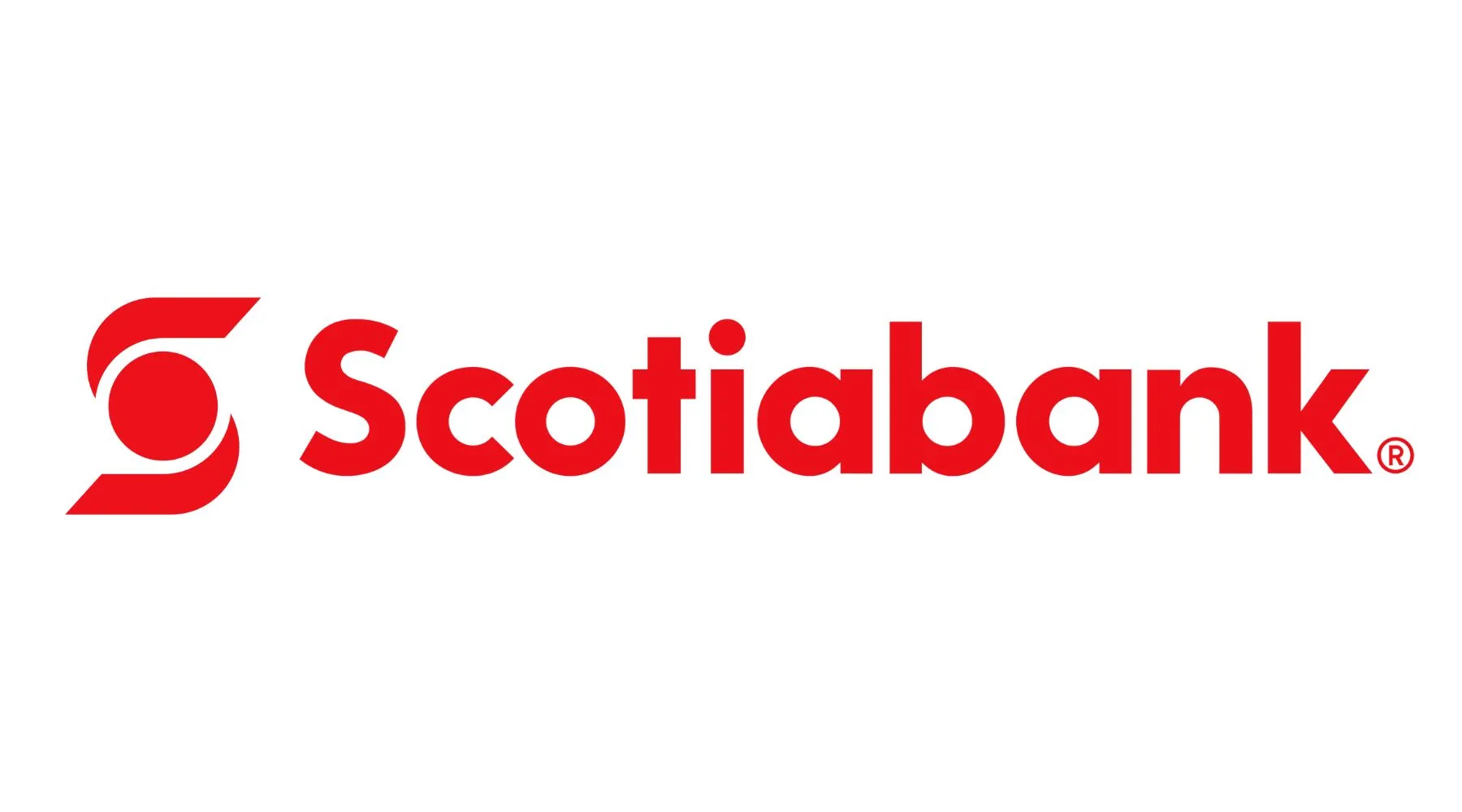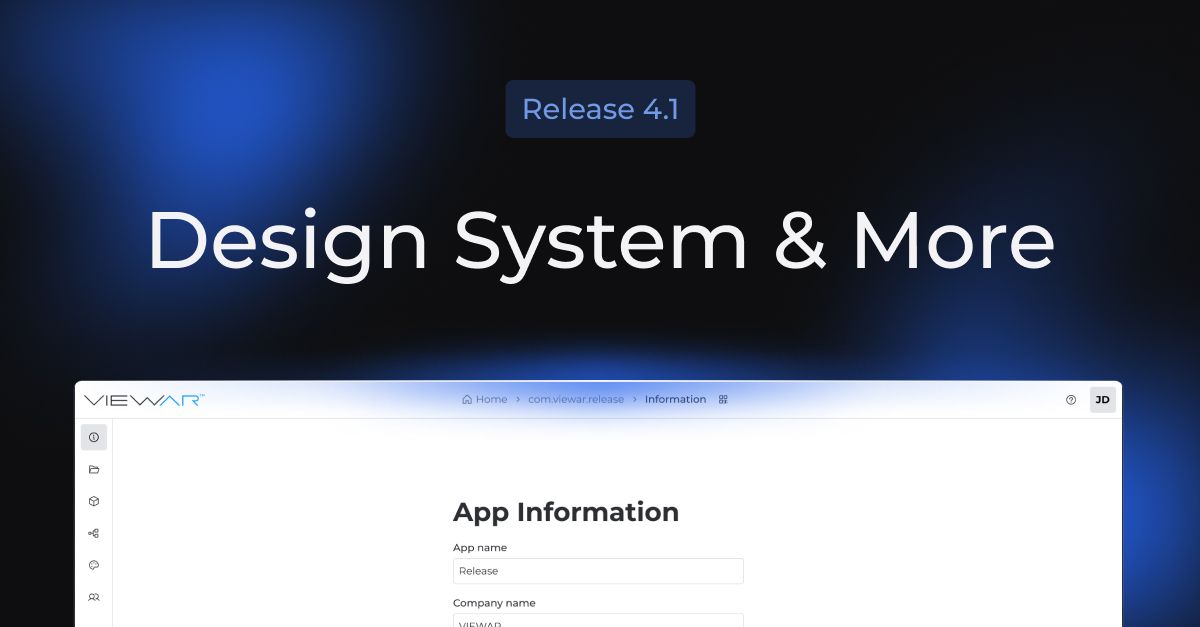Lemiere examines the 3-in-1 facility, his favorite part of the building, the venue’s potential impact
To complete the Intuit Dome, the Los Angeles Clippers were in need of a versatile individual: someone who could integrate the right technologies, understand how to support in-venue production and game presentation, serve as liaison with national and regional broadcasters producing games at the venue and answer any of their questions, and more. Following a 10-month stint as director, broadcast and production services, at Apple, Clippers Director, Broadcasting, Jason Lemiere is familiar with innovation.
Prior to last week’s Opening Night vs. the Phoenix Suns on Oct. 23, SVG sat down with Lemiere to explore the state of the project when he joined the organization, underscore the uniqueness and importance of his position, outline the building’s room for growth, and predict its lasting impact on the industry.
Los Angeles Clippers’ Jason Lemiere: “We’ve come out of the gate wanting to sprint, but we have to remember to crawl, walk, jog, and then run. We’ll want to execute these ambitious ideas, but we need to be ready to go first.”
Where was Intuit Dome in the construction process when you joined the team?I specifically joined the Clippers for this project. Prior to coming on, I was running some of the broadcast locations and rebuilds being done at Apple. My sports background comes from working with the San Jose Sharks for a number of seasons and helping them oversee SAP Center from an operational standpoint. I’ve been in Los Angeles for almost two years, but, when I first arrived [at the venue], there was still dirt on the ground. The superstructure had been built, but no court or walls had been put in yet. I was not here from the very beginning [of construction], but from pulling everything into this building until now, I’ve seen the whole thing come to life.
How does the venue setup affect your job responsibilities?We’re in a unique spot where we’re three buildings in one: we have the arena, the team’s practice facility, and the team’s headquarters with office buildings. They are technically three separate pieces, but they’re all connected via hallways. Our IPTV system services all locations, but each portion has their own specific needs, including a theatrical lighting system for inside and outside of the building.
From a production perspective, how are you and your team elevating the game-day experience?Our home opener is going to be amazing. We’re going to throw the full might of our technology, and I think the fans will be genuinely surprised by what they’re going to see. We’ve given some hints about what we’re going to do [at home games], but we’re just scratching the surface. Our videoboard will be used in a way where fans can enjoy [the Halo Board] but can also watch the game. The game-presentation and live-entertainment aspect is also going to lean into our PixMob lighting and audio system.
[Clippers Owner/CEO] Steve [Ballmer]’s vision is to always have fans be in their seats. He is the biggest fan in the building, and he wants everybody else to enjoy the game with him, which is why there aren’t any sports bars to congregate in and are so many grab-and-go locations. In a perfect world, no one would ever get up during gameplay. We can’t control the game, but we’ve come up with some ideas for our game presentation and tech elements to [encourage] fans to be inside the lower bowl and not walking around outside of it.
The SMPTE 2110–compatible control room at Intuit Dome typifies the Clippers’ decision to, as Director, Broadcasting, Jason Lemiere says, “set ourselves up to be in a good spot by making the best technological choices.”
From a technology perspective, how does the venue’s flexibility allow control-room workflows to be as futureproof as possible?A lot of [our future growth] comes with the decision to go with SMPTE 2110. We’ll be able to upgrade things, as opposed to if we went with a traditional solution. Nobody knows what’s going to happen, but we’ve set ourselves up to be in a good spot by making the best technological choices at the time. That goes toward having the mindset and goal to always be on the cutting edge of tech. Having that mentality is more important than any piece of gear.
We’ve come out of the gate wanting to sprint, but we have to remember to crawl, walk, jog, and then run. Fans will see the capability of our technology, and we’ll want to execute these ambitious ideas, but we need to be ready to go first.
All things considered, what is your favorite part about working in the building?As cliché as it sounds, my favorite part is the people that I get to work with. We’ve put together a team of individuals from different walks of life that are experts in their respective fields. I would’ve never thought that, working for a sports team, I’d be as amazed by the people as I am with Steve, [Halo Sports and Entertainment CEO] Gillian [Zucker], [Chief Marketing Officer] Claudia [Calderon], [Chief Technology and Digital Officer] George [Hanna], [Executive Producer/Showrunner] Payden [Adams], and my staff that I helped find. There are so many people with out-of-the-box thinking and knowing how to implement those ideas. Steve and Gillian did a great job of building a team that, at some point, people thought was unconventional. We believe that it’s going to work and we’re going to blow some people’s minds with how we present basketball.
As time goes on, what will Intuit Dome’s legacy be?The next buildings that come up will be more willing to take chances and do things a little bit differently. That is going to drive more uniqueness into these venues. There was a time 10 years ago or so when every arena was sort of the same. They looked the same on the outside and the inside with similar looking videoboards. I don’t think it’s teams trying to out-do each other, but this trend of trying to stand out has already started to happen.
Organizations are starting to realize that they don’t need a regular round or square centerhung because there are other options. For example, the Miami Heat’s new videoboard looks awesome. I’m sure people are going to be asking why [the Heat] would do that, but why not? Moving forward, teams will be opposed to doing things that they feel like they have to do.
This interview was edited for length and clarity.


